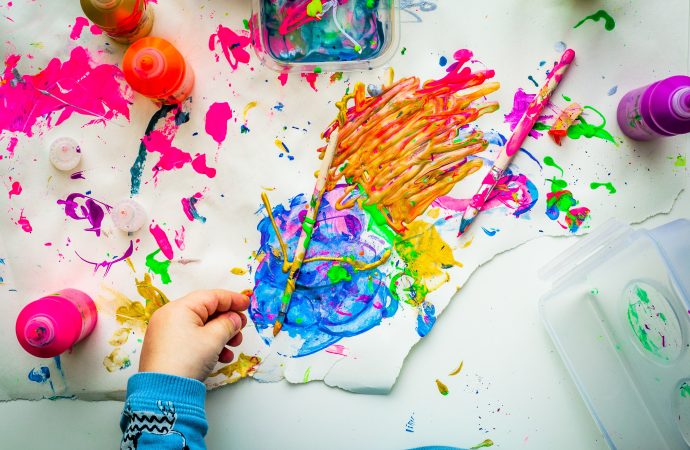Throughout the annals of art history, few subjects have captured the imagination and skill of artists more than the human form. From ancient cave paintings to contemporary masterpieces, artists have tirelessly explored and celebrated the intricacies and beauty of the human body. The artistic depiction of the human form has served as a means of
Throughout the annals of art history, few subjects have captured the imagination and skill of artists more than the human form. From ancient cave paintings to contemporary masterpieces, artists have tirelessly explored and celebrated the intricacies and beauty of the human body. The artistic depiction of the human form has served as a means of storytelling, a reflection of societal values, and a source of aesthetic inspiration. Join us on a captivating journey through the ages as we delve into the rich tapestry of human form in art.
One of the earliest examples of artistic engagement with the human form can be traced back to prehistoric cave paintings. In these ancient depictions, primitive artists sought to communicate their existence, depict rituals, and even pay homage to fertility and abundance. The human figure, with its nuanced contours and expressive potential, became a potent symbol of these primitive societies.
Fast forward to ancient Greece, and we encounter the emergence of classical art, where the human body took center stage. Ancient Greek sculptures, such as the iconic Venus de Milo and the Discobolus, not only showcased the artists’ technical prowess but also communicated a profound appreciation for physical beauty and the idealized human form. The Greeks believed that the body was a reflection of divine perfection, and their art aimed to capture this ideal.
As time progressed, the portrayal of the human form evolved alongside shifting cultural and religious beliefs. During the Renaissance, artists like Leonardo da Vinci and Michelangelo ushered in a new era of humanist ideals and scientific inquiry. Their meticulous anatomical studies and lifelike paintings sought to capture the true essence of human existence. Through their masterful brushwork and sculpting techniques, they breathed life into their creations, elevating the human form to new heights.
The Baroque period brought forth a dramatic shift in the depiction of the human body. Artists like Caravaggio and Rembrandt explored the interplay of light and shadow, lending a sense of dynamism and emotional depth to their works. Rather than adhering to idealized proportions, these artists aimed to portray the raw and imperfect nature of humanity, often highlighting the vulnerabilities and imperfections that make us human.
The advent of photography in the 19th century revolutionized the way artists approached the human form. Realism and naturalism became prominent styles, with artists capturing the everyday lives of ordinary individuals. Artists like Gustave Courbet and Édouard Manet sought to depict the human form as it truly existed, stripped of idealization and romanticism. This shift challenged traditional notions of beauty and paved the way for subsequent movements like Impressionism and Expressionism.
In the 20th century, artists continued to push boundaries and experiment with new forms of representation. The Cubist movement, led by Pablo Picasso and Georges Braque, shattered traditional perspectives and fragmented the human form into abstract shapes and angles. This radical departure from representational art challenged viewers to question their perception and consider alternative ways of seeing.
The human form has also served as a powerful tool for social commentary and political expression. Artists like Frida Kahlo, who explored themes of identity and gender, and Kara Walker, who delved into racial and historical narratives, used the human body as a vehicle to convey powerful messages and challenge societal norms.
In contemporary art, the representation of the human form continues to evolve in diverse and innovative ways. Artists embrace a range of mediums, from traditional painting and sculpture to multimedia installations and digital art. The exploration of the human form has expanded to include a wider spectrum of identities, experiences, and perspectives, reflecting the rich diversity of our global society.
Captivating canvases, throughout history, have provided a window into our shared humanity. The artistic depiction of the human form transcends time and culture























Leave a Comment
Your email address will not be published. Required fields are marked with *